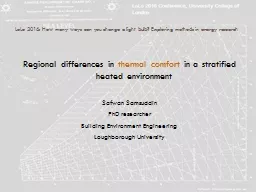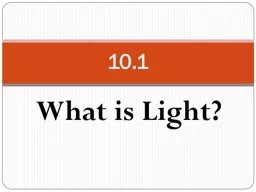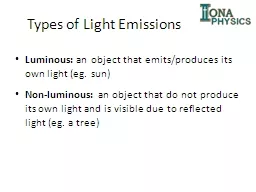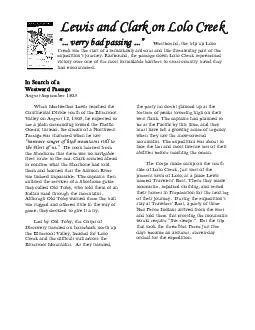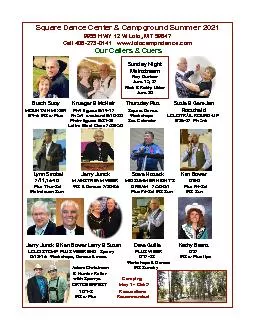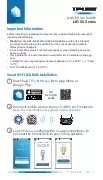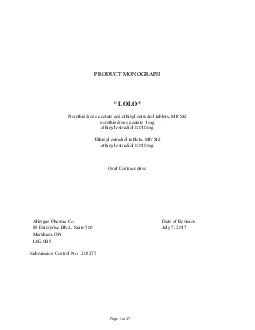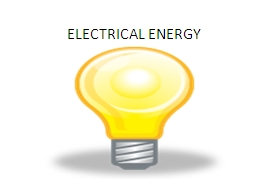PPT-LoLo 2016: How many ways can you change a light bulb? Exploring methods in energy research
Author : cheryl-pisano | Published Date : 2019-11-28
LoLo 2016 How many ways can you change a light bulb Exploring methods in energy research Regional differences in thermal comfort in a stratified heated environment
Presentation Embed Code
Download Presentation
Download Presentation The PPT/PDF document "LoLo 2016: How many ways can you change..." is the property of its rightful owner. Permission is granted to download and print the materials on this website for personal, non-commercial use only, and to display it on your personal computer provided you do not modify the materials and that you retain all copyright notices contained in the materials. By downloading content from our website, you accept the terms of this agreement.
LoLo 2016: How many ways can you change a light bulb? Exploring methods in energy research: Transcript
Download Rules Of Document
"LoLo 2016: How many ways can you change a light bulb? Exploring methods in energy research"The content belongs to its owner. You may download and print it for personal use, without modification, and keep all copyright notices. By downloading, you agree to these terms.
Related Documents

